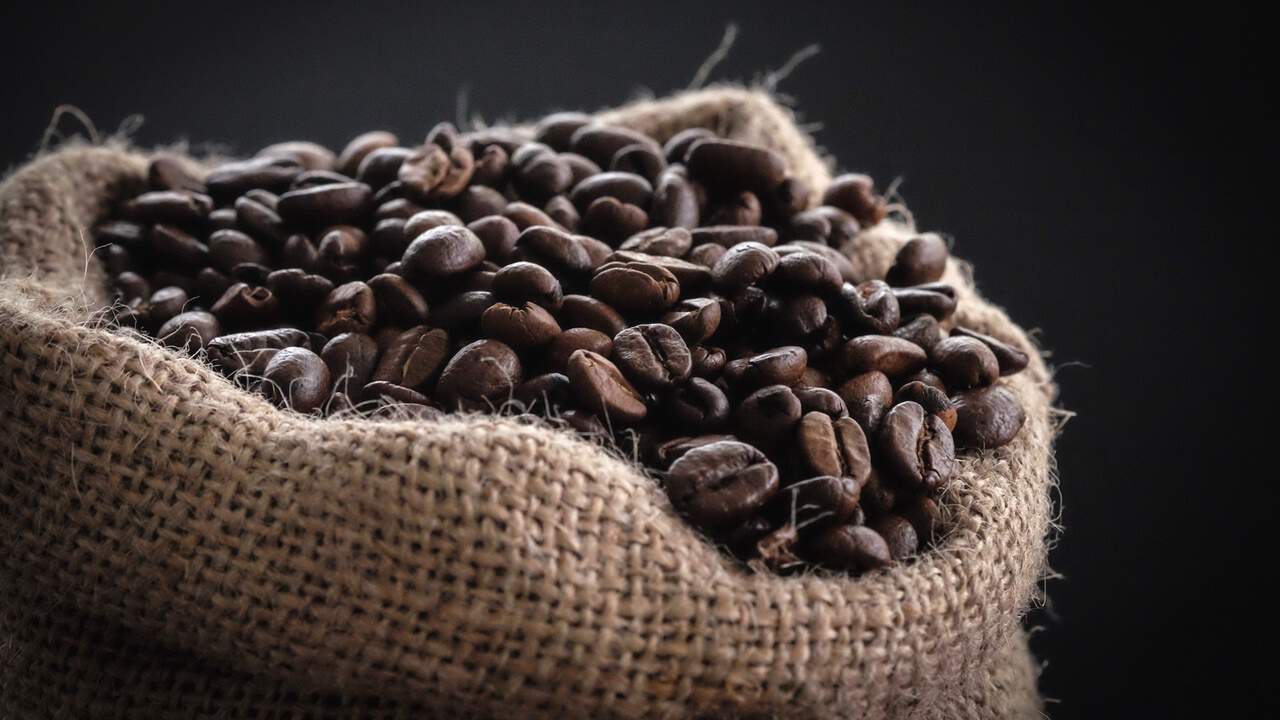If you’ve ever wondered how coffee beans can be decaffeinated while maintaining their flavor and aroma, then you’ve come to the right place. In this article, we will explore the various decaffeination processes used in the coffee industry, shedding light on how each method impacts the final product. Let’s dive in!
1. Direct Solvent Method
The direct solvent method, also known as the “traditional method,” has been widely used since the early 1900s. This process involves the use of a solvent to remove caffeine from green coffee beans. The key steps of this method include:
- The beans are steamed for a brief period to open their pores.
- A solvent, usually methylene chloride or ethyl acetate, is applied to the beans.
- The solvent selectively bonds with the caffeine molecules.
- Finally, the beans are rinsed with water or steam to remove any remaining solvent.
Although this method is effective in removing caffeine, it has become less popular in recent years due to concerns about the potential health risks associated with solvent residues.
2. Indirect Solvent Method
The indirect solvent method, also known as the “Swiss Water Process,” relies on the use of a solvent to extract caffeine. However, it eliminates the concern of solvent residues by utilizing a unique approach. Here’s how it works:
- A batch of beans is soaked in hot water, which releases the soluble components from the beans.
- This water, now known as the “flavor-charged water,” is passed through activated charcoal filters to remove caffeine.
- The beans, left without caffeine but still retaining their natural flavors, are discarded.
- Fresh batches of coffee beans are then soaked in the flavor-charged water, allowing them to reabsorb the original flavors and aroma.
The Swiss Water Process is regarded as a chemical-free method, making it an appealing choice for those seeking decaffeinated coffee with minimal chemical intervention.
3. Carbon Dioxide (CO2) Method
The carbon dioxide (CO2) method is considered one of the most efficient and environmentally friendly decaffeination processes. Here’s a breakdown of how it works:
- Green coffee beans are soaked in water, causing them to swell and become porous.
- The beans are then placed in a stainless steel container and exposed to pressurized CO2 at around 73-300 times atmospheric pressure.
- The CO2 acts as a selective solvent, bonding with the caffeine molecules and extracting them from the beans.
- The caffeine-laden CO2 is transferred to another container, where the pressure is reduced, causing the CO2 to return to its gaseous state.
- The now caffeine-free beans are left with their natural flavors intact.
As a bonus, the captured CO2 can be reused for future decaffeination batches, reducing waste and making this method environmentally sustainable.
4. Water Process (Mountain Water Method)
The water process, also known as the Mountain Water Method, utilizes the solubility of caffeine in water to extract it from green coffee beans. Here’s how it unfolds:
- Green coffee beans are soaked in hot water, extracting the caffeine as well as other soluble compounds.
- The resulting liquid, known as “flavor-charged water,” is passed through activated charcoal filters that selectively remove the caffeine.
- The caffeine-free water is now referred to as “flavor-charged green coffee extract.”
- The original coffee beans are soaked in the flavor-charged green coffee extract, which allows them to reabsorb the flavors and aroma.
This method is celebrated for its natural and chemical-free approach, as it solely relies on water and activated charcoal filters to achieve decaffeination.
5. Triglyceride Method (Swiss Water Process + Oil)
In this unique approach, the triglyceride method combines the Swiss Water Process with the addition of natural oils to aid the decaffeination process:
- The coffee beans are soaked in hot water, creating a flavor-charged water.
- A mixture of coffee oils and caffeine is introduced to the flavor-charged water.
- The caffeine selectively bonds with the oils, creating a “caffeinated oil” mixture.
- This mixture is then passed through activated charcoal filters to separate and remove the caffeine.
- The flavor-charged water, now free of caffeine, is referred to as “flavor-charged green coffee extract.”
- The original coffee beans are soaked in the flavor-charged green coffee extract to regain their flavors and aromas.
By utilizing natural oils, this method aims to preserve both the flavor and aroma of coffee while achieving decaffeination.
In conclusion, the decaffeination processes in coffee play a vital role in providing coffee enthusiasts with a wide range of options. Each method offers its own advantages and characteristics, allowing consumers to choose decaffeinated coffee that suits their preferences and concerns. Whether you opt for a direct solvent method or a natural water process, rest assured that these techniques are designed to prioritize flavor and quality. Enjoy your cup of decaf coffee with confidence!

